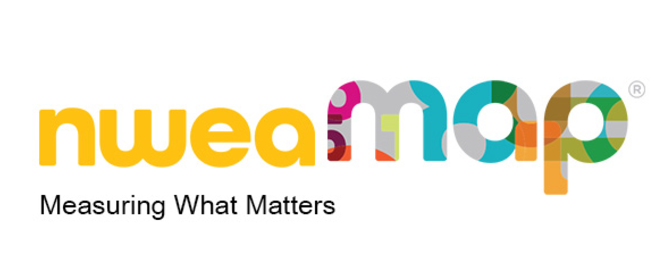Online Courses: The Way PD Should Be... Well, Most Of The Time
- Adrian Cargal
- Feb 14, 2021
- 4 min read
There are many courses that are currently being redesigned in my district because of COVID-19 and social distancing that comes along with it. In fact, tomorrow (Monday, February 15th) is a District Professional Development day, and because of inclement weather and COVID, every single option is provided as a virtual experience.
I do believe that many trainings should remain face-to-face, for instance, conferences that teachers attend to learn about new science trends or make-and-take sessions. Educators pay registration fees to attend a virtual conference that is in no way as meaningful as it once was in the pre-COVID era. However, I can think of some recent trainings I have had to attend that I would redesign into an online course right now and be perfectly ok with attending. The two courses I have chosen are the Northwest Evaluation Association Measure of Academic Progress (NWEA/MAP) adaptive test training and Scientific Learning utilization. Both of these programs send out representatives to perform a lengthy training that consumes much time, when in reality, these could be easily developed into a content-rich online course that could potentially deplete the need for these training representatives.
NWEA MAP is a growth-tracking evaluation system that our district recently adopted. This systems is full of data and reports that can be disaggregated and analyzed in order to ensure that students are getting targeted intervention in a customized fashion. It identifies specific gaps in essential skills and projects growth rates based on national norms. There are several reports that are geared toward different outcomes. For example, there is a student profile report that shows detailed information on individual students. One can find projected scores for future MAP assessments, customized goal-setting controls, percentile ranking, and even individual Texas Essential Knowledge and Skills (TEKS) that were weak/strong in every content area. There is a quintile grouping report that classifies students based on ranges of scores, and a quadrant report that reveals the exact amount of growth and whether that student attained projected growth or not. These reports are just skimming the surface of the data available. Instead of using a representative to facilitate this training, an online course could be developed that is just as effective, or maybe even more effective. I would record a series of instructional videos that explain how each report can be used along with visuals that identify and label important features of each report. There would be reflection pieces that would enable teachers to apply the reports in their own classroom such as, “How could you use this report in your classroom to help with Response to Intervention (RTI) during the day?” The end assessment would involve teachers using the data collected on their actual classroom to organize groups and collect materials needed to bridge gaps that students may have developed over time. They would identify major areas of need and turn in a lesson plan that addresses that need.
Scientific Learning is a reading intervention program that our district adopted three years ago. It was implemented in grades K-1 and then last year they implemented it in 2nd grade classrooms. The training was delivered via a representative from the company that trained all instructional coaches with the hopes that the training would be administered to all teachers in K-2. This training should be administered via online courses. This course would include an introductory video on what Scientific Learning is and how it applies to teachers in the classroom. There are several levels that children get placed on in this program with a menagerie of “games” that strengthen skills in alphabet recognition, decoding, encoding, initial/final sounds, rhyming, and other fluency skills. The games are difficult to understand if they are not explained thoroughly, so videos and descriptions of how the games work is imperitive to the success of this program. Teachers would receive videos on how to access special features in the program such as Demo Mode and student management controls. Once students are added, there are several actions that could take place. Teachers would be provided with visuals that label important parts to this such as “What is an RPI and when should I assign one?” and “What is the difference between automatic placement and manual placement?” There would be extensive information provided on how to read reports and flags. It would be similar to the online course developed for NWEA MAP in that participants would submit reflections on how to use the reports to benefit content in the classroom. The final assessment would be comprised of a screencast showing how the teacher maneuvered through the platform to obtain pertinent information needed to identify reading discrepancies.
Online learning is becoming the desired approach to absorbing new content. It is the delivery method of the content that makes or breaks the course. Online courses should include different learning styles that cater to the needs of visual, kinesthetic, and auditory learners. Many professional developments that educators must acquire could be easily delivered in this method and provide references for future trouble-shooting as well. If an educator is trying to read reports on NWEA MAP tests and does not remember how to access a certain feature, the online course would still be available for viewing. Having resources available that are relevant and relatable will help the educator be more successful in the implementation of the program.






Comments